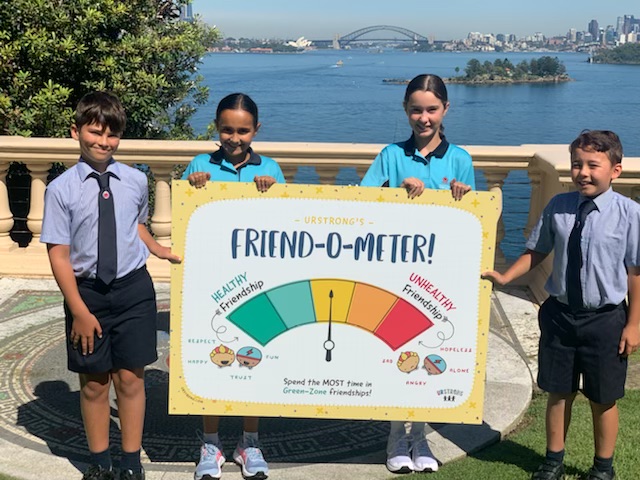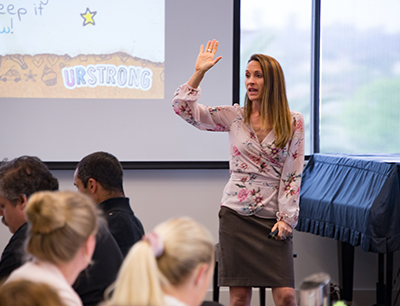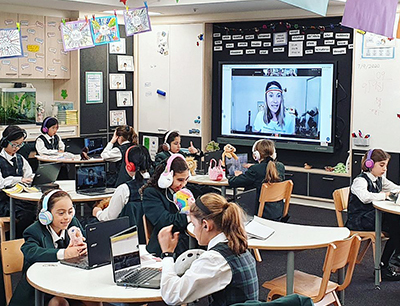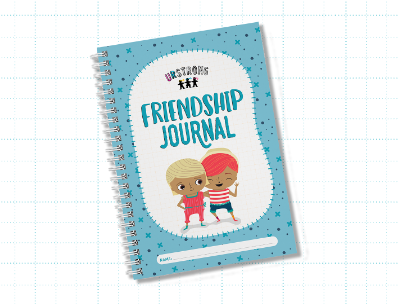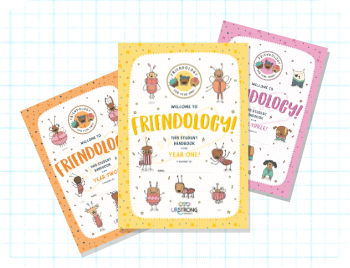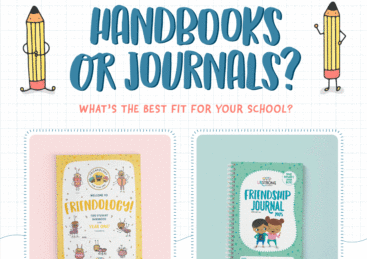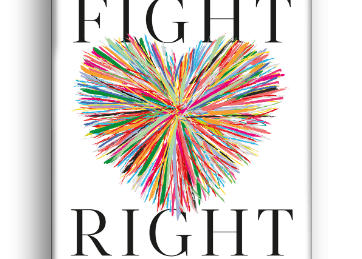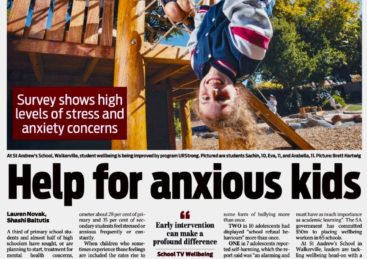November 8, 2021
- “What do I do when my friend is constantly spamming me?”
- “What if I keep getting added to a group chat on WhatsApp, but I don’t want to be?”
- “Whenever I play video games online with my friend, they just leave the game if I do something they don’t agree with & then ignore me.”
- “My friends keep doing #rates, so I tried it and now my self-esteem is crushed.”
- “What do I do when my friend won’t let me go to sleep? They want me to stay online with them all night and get mad at me if I get off because I’m tired.”
- And, one of the most disturbing questions I’ve heard recently: “Someone in my social network anonymously sent me mean, horrible messages online. They told me nobody likes me and I should kill myself. I don’t know who it was, but now I’m questioning all my friendships. What do I do?”
Over the past few years, I have seen significant changes in friendships for kids. While the online world was part of kids’ friendships prior to the pandemic, lockdowns and school closures meant that ‘online’ was the only way to engage with friends. They were thrown into this digital way of interacting and connecting with little-to-no guidance. Remote learning meant remote friendships.
Guiding kids to foster healthy friendships through video games, social media platforms, their zoom classes… This is a whole new territory in the field of friendship and social psychology. Helping children navigate friendships online is complicated. It’s like aiming at a moving target with a blindfold on – there are so many unknowns and things are changing so quickly.
As a friendship researcher and curriculum writer, developing language & strategies to support kids’ friendships at school has been my focus. Our curriculum, Friendology 101, is packed full of common scenarios that kids experience in friendships at school. When it comes to friendships online, we are constantly uncovering new challenges kids are facing. It feels like every day we learn about a new feature (did you know kids can send anonymous messages in some social media platforms?), new lingo (“rates” = did you know kids ask their friends to rate their appearance out of 10 when they post pics?), and never-been-heard-before Friendship Fires® that spark online. In a recent Q&A with one of our URSTRONG Schools in Australia, I received 300 questions from students – many of which were related to friendship issues online.
In our Friendology curriculum, we provide students in Years 5 to 8 with tips for keeping their friendships healthy online. We discuss the power of emojis, what to do when a Friendship Fire® sparks online, how to kindly decline when a friend keeps asking you to play online, and so on. As we continue to learn from the kids and the emerging research, these modules within our curriculum are under constant refinement and improvement. We are committed to being on-the-pulse of what friendships look like both in-person and online for our youth.
With all of this in mind, what can parents & teachers do to support kids who experience friendship issues online?
Here are a few things we have learned along the way:
- Be the student. Kids are the gate-keepers to this new world. They’re the ones who are teaching us what’s going on, how other kids are engaging online, what new features & platforms exist, and what’s happening. Ask questions so that you can learn and better understand their online world. To keep the lines of communication open, follow Walt Whitman’s advice: “Be curious, not judgmental.” (You can also learn a lot from Common Sense Media)
- Understand the science of consequences. Kids often do not report friendship issues online because they’re worried parents or teachers will take their device away or make them delete the app/game/platform. We need to remember that a child who has sought help & support has done the right thing. When you take their device away or ban them from TikTok or SnapChat or Among Us, you have given them a negative consequence – which feels like a punishment. This means, they are less likely to open up to you again because you’ve taken something they love away.
- Involve them in the plan. Our job, as grown-ups, is to protect children. There are no doubt times when the issue that’s been presented requires adult intervention. If this means you need to report the incident to the school or contact the local police, ensure that your child is aware of the action that you’re taking. They will, inevitably, feel very nervous and worry that this will make matters worse. Talk it through with them. When you involve your child, you can address their concerns and maintain that sense of trust & support. When you do it behind their back or against their wishes, it scares them and you erode their trust.
- Be their safe place to land. It’s scary for a child to see or hear things that are not meant for a young person’s eyes and ears. And, it’s heartbreaking when their friends are rude or unkind. Whether it’s issues with friends online or inappropriate videos or language, be that safe place they can go to when they feel scared or unsettled. Support and comfort them & help them focus on what they can control. Help shift their attention to positive, healthy friendships and things that bring them joy.
- Be aware of your own negativity bias. Our brains are wired to look for what’s wrong. As described by Dr Martin Seligman, this is a protective instinct that goes back to the caveman days – we seek threat to protect our family. As parents, that protective instinct is strong and this means you sometimes overreact. Try to stay calm and consider the many ways the message could be misinterpreted. When it comes to the online world, non-verbal communication (representing 93% of how we understand each other) is non-existent – and misinterpretations happen all the time.
- Remember, these are children. Sometimes parents forget that the person on the end of the device is a child – someone who is still learning and makes mistakes. As I heard described recently by a Child Psychologist, children are pro-social, truth-tellers. They are still learning how to be kind & honest at the same time. A child texting, “Stop calling me!” is a child who hasn’t yet learned how to kindly decline. Give them the benefit of the doubt and show the same kindness and compassion you’d hope other parents show your child when they forget their manners.
And, finally, use our ‘language of friendship’ when talking to your child. We are all about kids’ language for kids’ problems and it’s helpful to have easy-to-use lingo and visuals for supporting kids in friendships. All of the tools taught in our curriculum can be used to help children whether their friendship issue happened in-person or online. Having tools like the Friend-o-Meter, the Friend-o-Cycle, Quick Comebacks, give parents & teachers a framework for these sometimes-tricky conversations. This language also helps diffuse & de-escalate the situation and put it into context. Ask your child questions like:
- “Where is your friendship on the Friend-o-Meter?”
- “Was that a Friendship Fire or Mean-on-Purpose?”
- “Did you type your Quick Comeback?”
- “What’s your next step on the Friend-o-Cycle?”
We want to empower children in their friendships so they know how to handle the inevitable conflicts that will arise…whether they’re in person, online, or in some high-tech immersive virtual world with avatars. Wherever they are, we want to empower them with skills and support them from the sidelines.
Written by Dana Kerford
Founder & Friendship Expert
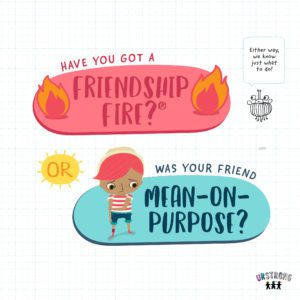
Learn our Language of Friendship
Are you new to our ‘language of friendship’ and want to learn more? Sign-up for a FREE URSTRONG Family membership to get access to hundreds of resources including a video series aptly called: The Language of Friendship.
Through a series of 10 videos, you and your child will learn our easy-to-use friendship strategy that is in URSTRONG Schools around the world. Join now for free!

